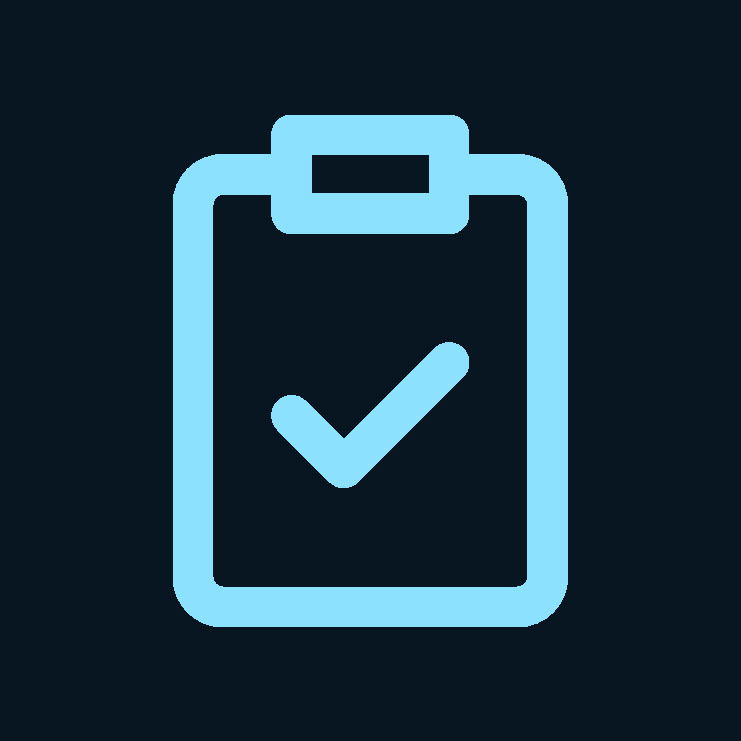
Are you going to sue the coffee bean producers as well when you drink too many cups and die?

To be fair, they generally advertise it as regular lemonade and market it with an unlimited refill deal. I’ve drank 3 green teas before while at a Starbucks over a few hours. These lemonades contain far more caffeine than a similar sized cup of coffee. This is the second death linked to it now.
It’s not wild to think you might drink 3 refills of a lemonade during a visit to a restaurant, but it is unusual to think you might drink 3 times the maximum recommended dose of caffeine doing so.
Edit: back of the napkin math. 3 large lemonades = 12.3 cups of coffee.

Dude these lemonades have medically unsafe levels of caffeine.
Bartenders can’t serve someone to death, restaurants can’t serve unsafe food.
Your take is absurd. This is the second person to die from panera lemonades.

No, they don’t. It has the same amount per ml as coffee. Caffeine in general is unsafe for people with heart conditions and other sensitivities.

Serving size is one lemonade, they offer refills, and the fda recommendation is 400mg caffeine, charged lemonades have up to 260mg. The concentration of caffeine has no impact on this because the fact is you are expected to drink at least one whole charged lemonade, that’s a serving size. If you were to drink 20 oz of coffee, you’d be drinking medically significant amounts of caffeine as well, but most people don’t do that in one sitting! And they have plenty of advance warning not to.
They will rightfully lose these wrongful death lawsuits, and simping for a corporation will do nothing to stop that. I doubt at this point it will have a significant impact on PR perception of companies or suing, especially in these spaces.

20oz of coffee is not “medically significant amounts” of caffeine. It’s just a lot of caffeine. Dangerous levels are significantly higher. It wouldn’t even be uncomfortable if you aren’t particularly sensitive to caffeine.
The FDA doesn’t say “if you drink more than 400mg of caffeine you will die,” it says “taking under 400mg / day is not generally believed to be associated with ill effects for healthy adults.” There is a stark difference between a threshold where a health agency is saying “everything under here is OK” (they would aim low to err on the side of caution) and a threshold where “everything above here is dangerous.”

Medically significant ≠ immediately fatal
Try again, responding to the content of the comment this time.

“Medically significant” in this context means literally nothing except “a scary amount.” It’s not a scary amount, you’re misinformed.

False. Try again.

How many people have died from tequila?


